Nvidia GeForce GTX 960 Review - Metro: Last Light performance, Further Benchmarks and Other Things to Consider Review
Metro: Last Light performance, Further Benchmarks and Other Things to Consider
Nvidia's first mainstream Maxwell card aims to sate 1080p gamers
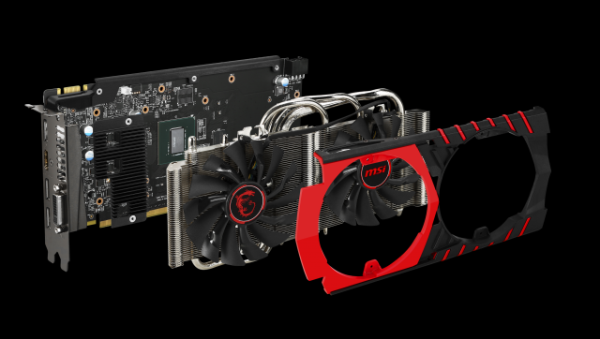
Sections
- Page 1 Nvidia GeForce GTX 960 Review
- Page 2 Battlefield 4, Bioshock Infinite, Crysis 3 and Batman: Arkham Origins performance Review
- Page 3 Metro: Last Light performance, Further Benchmarks and Other Things to Consider Review
Nvidia GeForce GTX 960: Metro: Last Light Performance
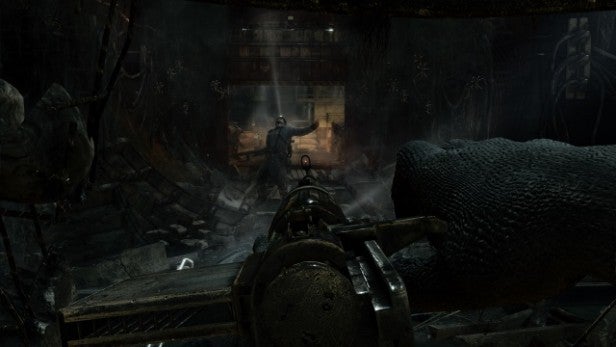
Nvidia’s card returned an average of 62fps in Metro’s 1080p test. That’s behind the 67fps scored by the R9 280X, but it’s a long way ahead of the R9 285 – AMD’s latest card languished with a 49fps average.
None of these cards impressed with minimum framerates, but we’ve run into this situation before – all of AMD’s cards returned minimum framerate results in the single-figures, but these slow individual frames didn’t hamper the smooth play we saw on our screens. The GTX 960’s 1080p minimum of 19fps isn’t great, and it’s still a long way from its 62fps average result – so, again, it’s a quirk we’re willing to push aside.
All told, this is a perfect example of why we don’t take minimum framerates as the main focus of our testing – it’s a helpful indicator but not the be all and end all.
It was the same story in the 1440p test. The GTX 960’s 39fps average is fine, but it’s still behind the 280 cards – the 280X performed best here, with an average of 43fps.
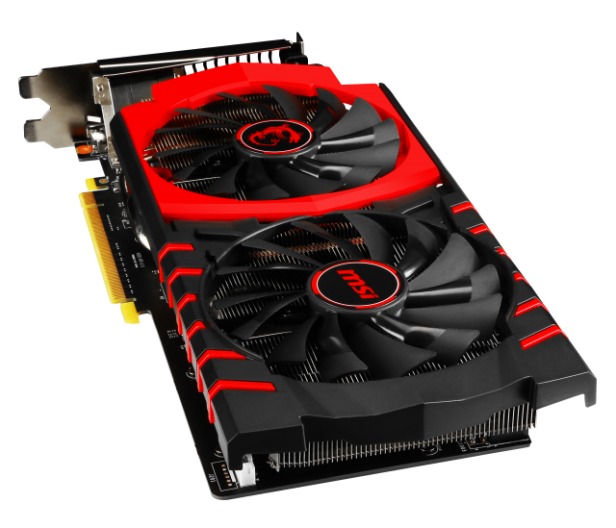
Nvidia GeForce GTX 960: Other Benchmarks
The 3D Mark Fire Strike test is a good evaluation of a card’s theoretical performance, but this test wasn’t good news for Nvidia. The GTX 960 scored 6,586 in the application’s standard test, but it was beaten by both AMD cards – the R9 280X led the way with a score of 6,804, and the R9 285 wasn’t far behind with 6,744.
The field was similarly close in Unigine Heaven. The GTX 960’s average of 32.2fps is half a frame behind the R9 285, which hit 32.8fps, and barely a frame behind the table-topping R9 280X.
The GTX 960 might fall a little behind some of its rivals in the majority of our tests, but the Maxwell architecture is designed for efficiency – and it delivered a stonking set of power benchmarks. With the Nvidia card installed, our test rig drew just 67W from the mains, while the R9 280X needed 83W, and the R9 285 needed 20W on top of that. The Nvidia card was similarly impressive when running at load; its top power draw of 196W was miles better the AMD cards.
Little stood out about the GTX 960’s temperature – at peak its top temperature of 61 degrees is lower than its AMD rivals, but not by much. And, with no reference model available, temperature will vary depending on your card’s cooling system.
Nvidia GeForce GTX 960: Other things to consider
Nvidia hasn’t made a reference version of the GTX 960 – instead, it’s produced the chip and shipped the design out to its board partners. That means there’s a huge variety of cards available to buy.
At the time of writing, GTX 960 cards range in price from £160 to £194. Even at the bottom end of the scale, cards are routinely available in overclocked versions: a Palit model ups the core to 1,165MHz and the memory to 7,200MHz, and a Gainward card raises the core to the same speed but leaves the memory alone.
More expensive cards arrive with more ambitious overclocks. The best we’ve found comes from Gainwaird, which sells a card that costs £175 but comes with a core tweaked to a whopping 1,279MHz.
Our tests have illustrated Maxwell’s impressive power efficiency, and its lower electrical requirements mean board partners can push boundaries. EVGA and Gigabyte both sell overclocked versions of the GTX 960 with tiny chassis designed for ITX cases – the latter’s card is only 170mm long, which makes it perfect for building affordable, 1080p-capable small-form-factor machines.
Other cards are larger, but they’ve been built with coolers designed for near-silent operation, with many able to turn their fans off if the card is operating beneath a set load or temperature threshold.
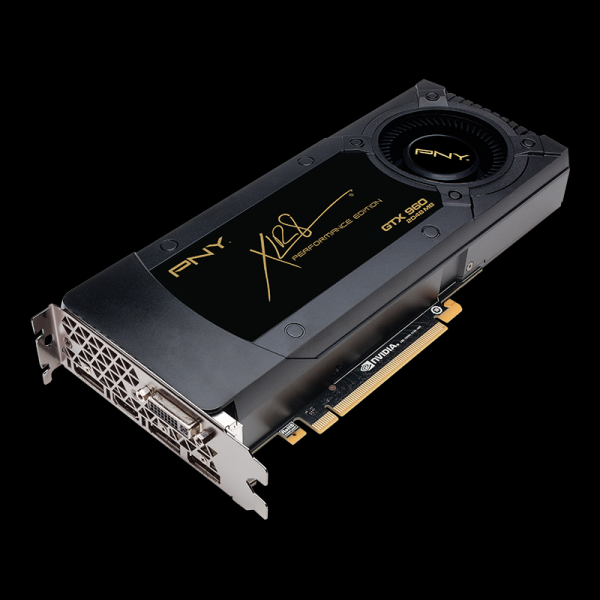
No matter which card you buy, though, it’s important to consider if your PC can handle the upgrade. Most PSUs should have a spare PCI power plug and enough grunt to handle Nvidia’s frugal new card, but check that your chassis has the room – a full-size card or mini-ITX model could still run up against the metal of smaller enclosures.
That use of just a single six-pin power cable is also a crucial advantage over the AMD models, though most half decent PSUs should have enough cables.
Many graphics cards now come with free games bundles, but there’s no sign of complimentary games with the GTX 960. It’s a shame, because AMD’s Never Settle bundle means anyone who buys an R9 280X or 285 can download three free games, as they’re all Gold Reward cards.
There’s also G-Sync support with the GTX 960, allowing it to be used in conjunction with G-Sync monitors for tear- and stutter-free gaming. AMD’s cards also support its version of the same technology – Freesync – though monitors that support it aren’t readily available yet. If you haven’t invested in a G-Sync or Freesync monitor yet, though, it shouldn’t determine your graphics card buying decision.
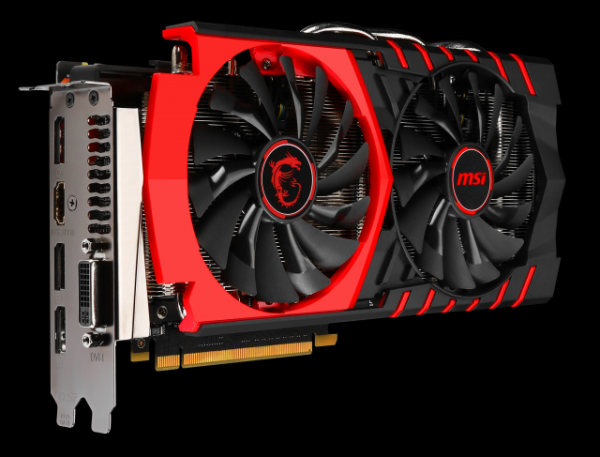
Verdict
Nvidia’s most affordable 900-series card will play any game at 1080p while also handling some titles at higher resolutions, and we’re impressed with the efficiency of its revised Maxwell hardware: lower power consumption than the competition means that various small-form-factor models and overclocked models are readily available.
It’s a good start for the GTX 960, but AMD’s cards throw a spanner in the works. The R9 285 trades blows with Nvidia’s cards in most of our benchmarks, and it’s ten pounds cheaper than the GTX 960, and the R9 280X is faster in almost all tests but only costs fourteen pounds more.
Plus both offer three free games compared to the Nvidia card’s zero.
As such if you’re simply after the card with the best bang-for-buck right now then either of the AMD cards are probably the better choice, unless your power supply doesn’t have sufficient PCI-E cables to power them. However, if you’re building a system from scratch and your focus is on getting solid 1080p gaming performance for the minimum outlay then the GTX 960 makes more sense. It’ll mean you can get a cheaper power supply and will then continue to save you money with its low power consumption.
Decided to buy a new graphics card? While you’re waiting for delivery, check out the latest gaming news, or explore 2015’s best games.


